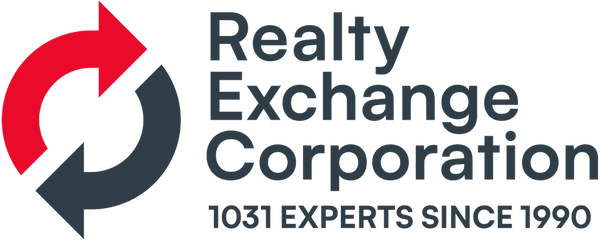By Ed Horan, Certified Exchange Specialist®
For a number of years, real estate investors doing a 1031 tax-deferred exchange have wanted the option to purchase their replacement property before they had to sell their relinquished property. The IRS made this possible by publishing “safe harbor procedures” in IRS Revenue Procedure 2000-37. While the procedure does not permit the taxpayer to take title to the replacement property before transferring title to the relinquished property, it does establish specific procedures to accommodate what is called a reverse exchange. The procedure requires that the replacement property or relinquished property be owned and held by the “exchange accommodation titleholder,” thus our acronym, the EAT.
Occasionally, investors need to go to settlement as part of an exchange on a new rental property before they can go to settlement on the investment or business property they are selling. The answer is for them to engage a professional EAT to take title and for the EAT to own and operate the replacement property until the investors can go to settlement on their relinquished property and purchase the new replacement property from the EAT.
The process starts with a document called a “qualified exchange accommodation arrangement,” (QEAA). This document spells out the agreement between the EAT and the investors. It also serves as the real estate contract for the purchase of the replacement property from the EAT.
Normally, the investor already has a real estate contract on the replacement property with the current owner. This contract is assigned by the investors to the EAT, thus making the EAT the purchaser of the replacement property. The EAT will purchase the property using cash loaned by the investor, or the investor will guarantee a loan they have arranged for the EAT.
Once the EAT owns the replacement property, it will normally lease the property to the investors and set up a management agreement. While the EAT is the owner, improvements may be made to the property.
To stay within the “safe harbor” rules, the investors must identify within 45 days the relinquished property they plan to use; no later than 180 days after transfer of ownership to the EAT, the replacement property must be transferred to the investors. An alternative is for the EAT to purchase and hold the relinquished property. This then permits the investors to purchase the replacement property in the normal sequence.
When the investors have a contract on their relinquished property with either the EAT or an outside buyer, they must engage a qualified intermediary (QI). The QI provides the regular 1031 exchange documentation and controls the exchange funds. The regular exchange with the QI and reverse exchange arrangement with the EAT are separate but required steps. There will be separate fees charged by the QI and the EAT.
No one said the process was simple, but it does provide a solution to a problem often encountered. If you desire a copy of Revenue Procedure 2000-37, or have any questions on a reverse exchange, call us at 800-795-0769, or e-mail us at bill@1031.us.
Who Qualifies as an EAT? To accommodate a reverse exchange, investors should use an experienced, professional organization that is qualified to serve as an EAT. The EAT is disqualified if they are a related party or someone who has served as the investor’s agent over the past two years. This includes their attorney, real estate broker, employee, or accountant.
-Ed Horan, CES®, is Senior Exchange Consultant for Realty Exchange Corporation, Gainesville, VA
This publication is designed to provide accurate information on tax-deferred exchanges. The publisher is not engaged in rendering legal or accounting services. If legal or tax advice is required, the services of a competent professional should be sought.
